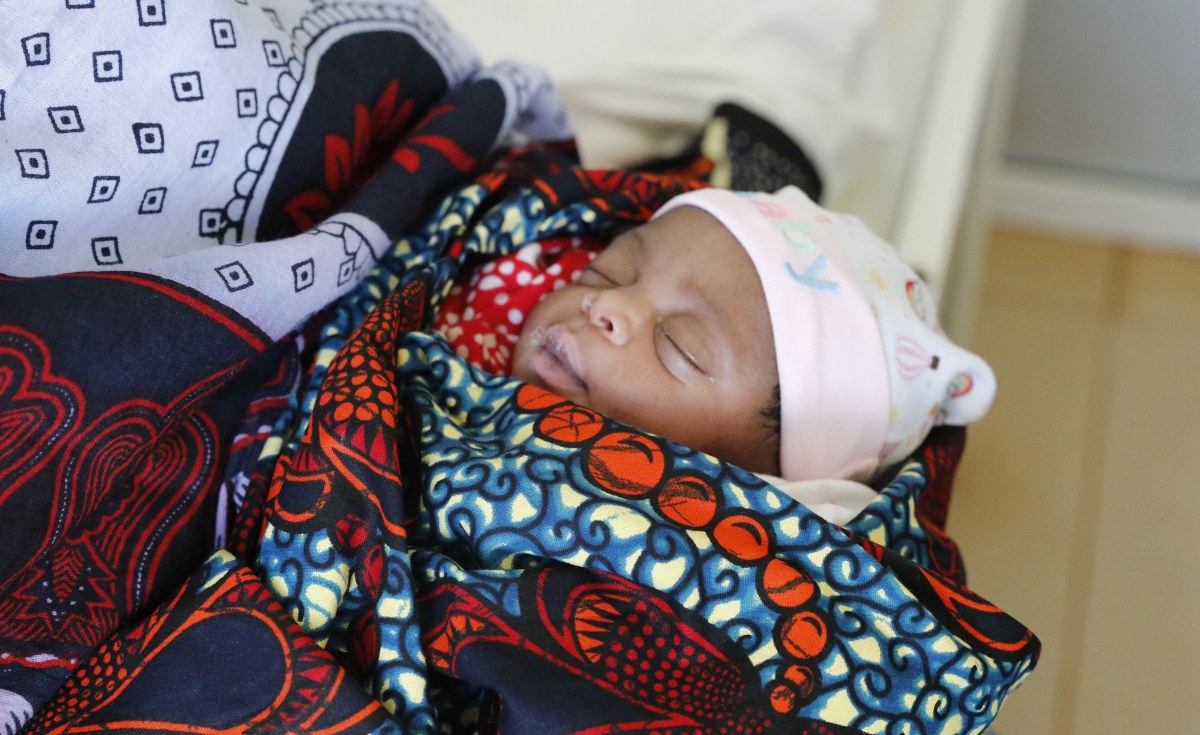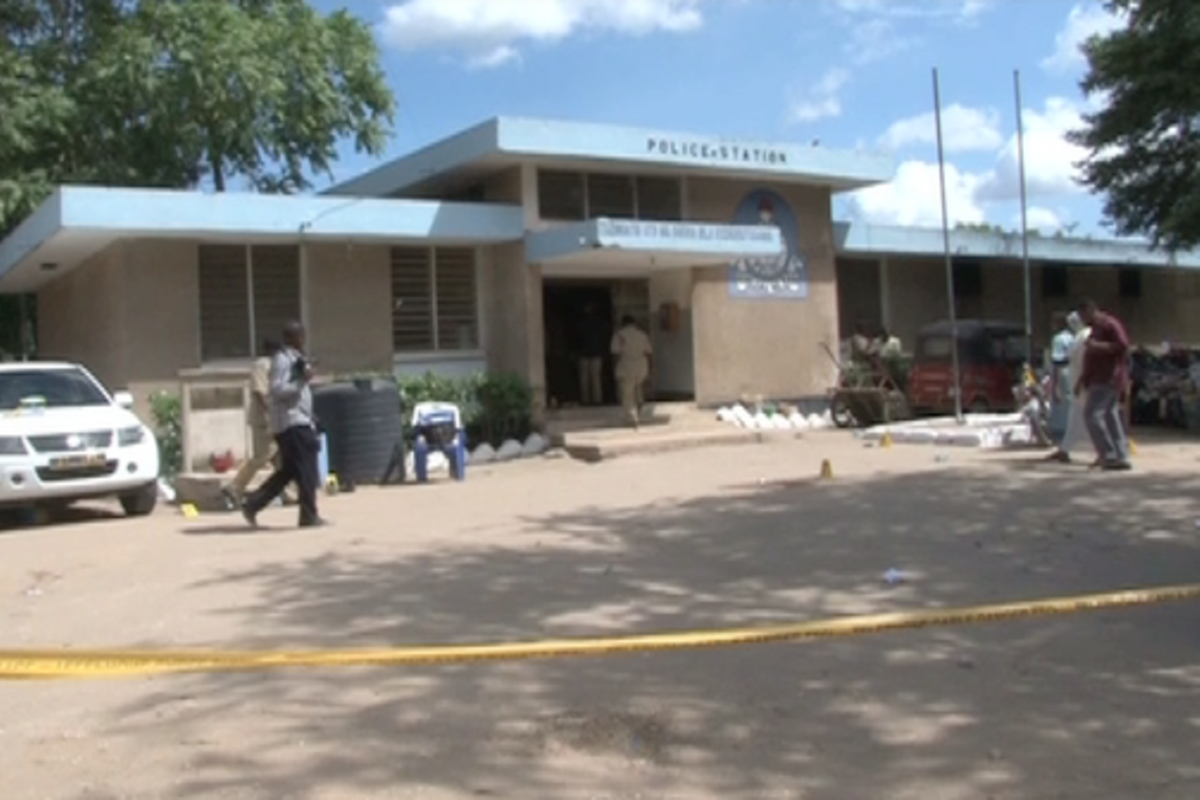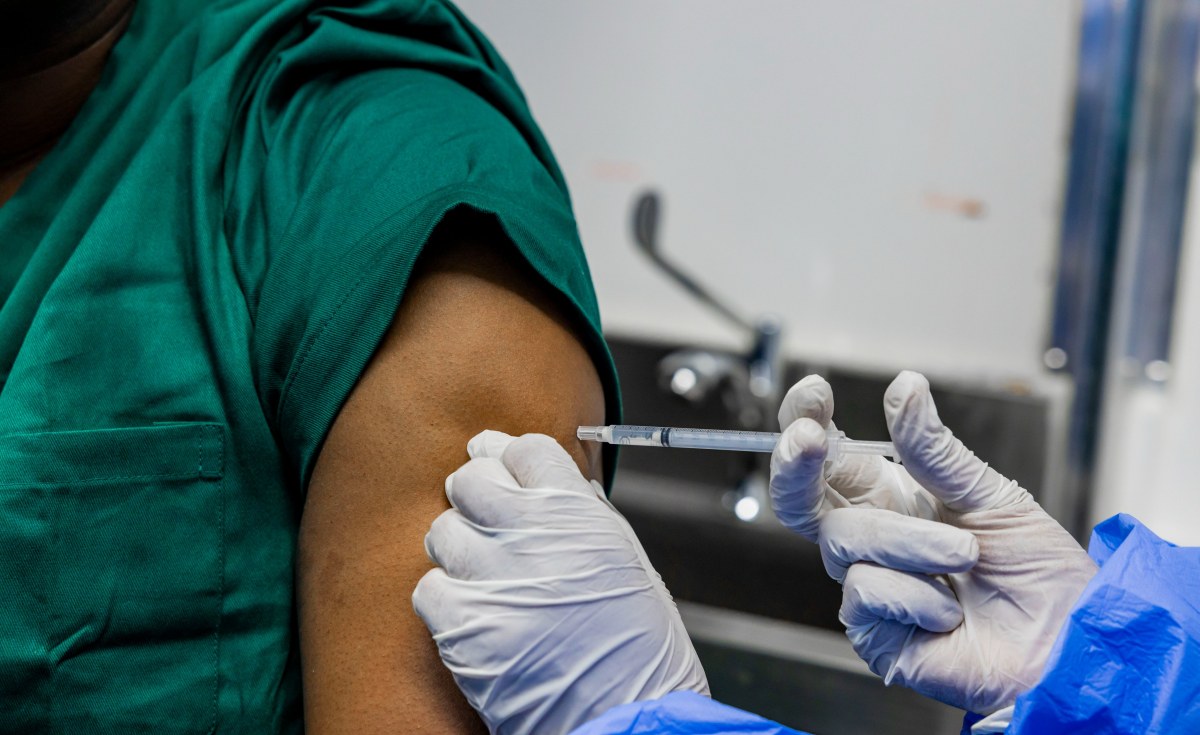The Horn of Africa would experience below-average rainfall during the October-December season, potentially leading to drought conditions, international agencies warned on Friday.
The agencies, which include the United Nations World Food Programme, the United Nations Office for the Coordination of Humanitarian Affairs, and the Climate Prediction and Applications Center (ICPAC) of the East African bloc of the Intergovernmental Authority on Development, said in an alert that climate models have predicted a transition to La Nina conditions during the second half of 2024, which could bring below-average rainfall.
“The greatest impacts are expected in central and southern Somalia, southern Ethiopia, and the arid and semi-arid lands of Kenya,” the institutions said in an alert issued in Nairobi, the capital of Kenya.
Other countries to be affected are Uganda, Rwanda, Burundi, and Tanzania, where the second rain season happens in October-December.
Read: EA braces for hunger as floods destroy farms
The first rain season runs from March to May.
The agencies noted that the below-average rains would lead to “crop failures, deteriorating pastoral conditions, water shortages, atypical livestock movements, increased disease outbreaks, and heightened food insecurity and malnutrition.”
They called on humanitarian partners to engage with local and national governments to support their contingency planning, the implementation of preparedness activities, and the identification of anticipatory actions, to mitigate the impacts of potential below-average rains.
The Horn of Africa has experienced severe drought events in the past, including in 2010/2011, 2016/2017, and 2020/2023, which were characterised by consecutive seasons of poor rainfall, the ICPAC said.
The droughts, exacerbated by higher-than-usual temperatures, have led to severe pasture and water shortages, livestock fatalities, failed cropping seasons, population displacements, rising food prices, worsening human health, and widespread food insecurity and malnutrition among pastoral and agro-pastoral communities.
According to the WFP, some 20.4 million people across Kenya, Somalia, and Ethiopia, are currently facing high levels of food insecurity and in need of urgent assistance.
Read: Horn of Africa nations to face heatwaves
Acute malnutrition continues to be a major source of concern with estimates indicating that more than 6.2 million children below five years will suffer from acute malnutrition in 2024 in Ethiopia, Kenya, and Somalia, out of which 1.7 million will suffer from severe acute malnutrition, added the UN agency.














